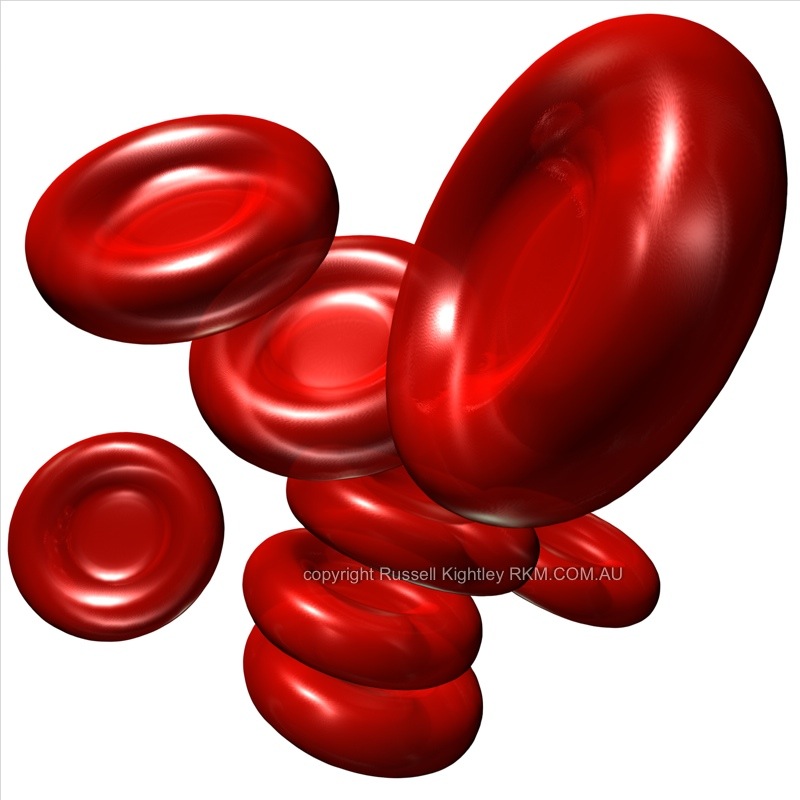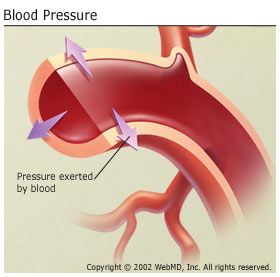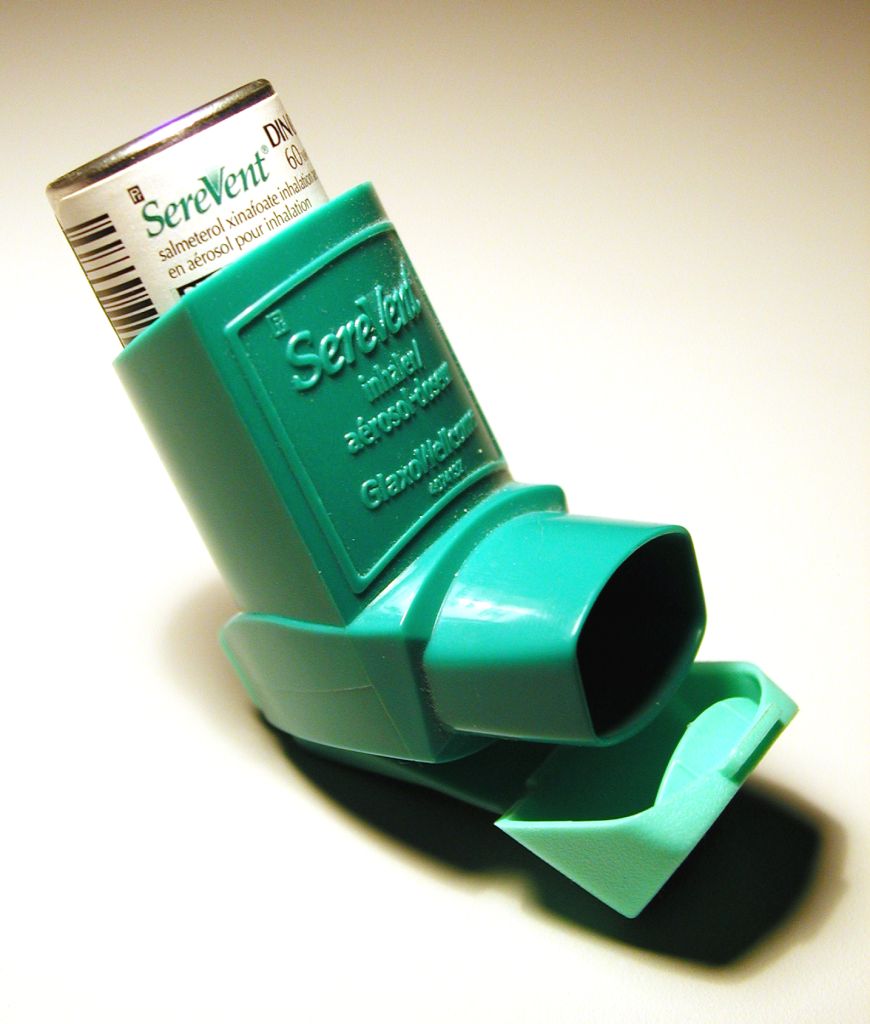Cardiovascular & Respiratory Test C

Anatomy & Physiology Cardiovascular & Respiratory Systems
Unit Test
- 1.
What part of blood is shown here?
- A.
Red blood cells
- B.
White blood cells
- C.
Plasma
Correct Answer
A. Red blood cellsExplanation
The image shown is likely depicting red blood cells. Red blood cells, also known as erythrocytes, are the most abundant cells in the blood. They are responsible for carrying oxygen from the lungs to the body's tissues and removing carbon dioxide. These cells have a distinctive red color due to the presence of a protein called hemoglobin.Rate this question:
-
- 2.
Which helps fight against viruses and bacteria?
- A.
Red blood cells
- B.
White blood cells
- C.
Plasma
Correct Answer
B. White blood cellsExplanation
White blood cells help fight against viruses and bacteria. They are a crucial part of the immune system and play a vital role in defending the body against infections. White blood cells are responsible for identifying and destroying harmful pathogens, such as viruses and bacteria, through various mechanisms like engulfing them or producing antibodies. They are essential in maintaining the overall health and well-being of an individual by preventing and combating infections.Rate this question:
-
- 3.
Veins carry oxygen-rich blood away from the heart.
- A.
True
- B.
False
Correct Answer
B. FalseExplanation
Veins actually carry oxygen-poor blood back to the heart. Oxygen-rich blood is carried away from the heart by arteries.Rate this question:
-
- 4.
Lymphocytes are:
- A.
A type of red blood cell that carries oxygen
- B.
A type of white blood cell that fights viruses and bacteria
- C.
A type of pathogen
Correct Answer
B. A type of white blood cell that fights viruses and bacteriaExplanation
Lymphocytes are a type of white blood cell that fights viruses and bacteria. They are a crucial component of the immune system and play a vital role in defending the body against infections. Lymphocytes are responsible for identifying and destroying harmful pathogens, such as viruses and bacteria, through various mechanisms, including producing antibodies and directly attacking infected cells. Their ability to recognize specific antigens allows them to mount targeted immune responses, making them essential in maintaining overall health and preventing diseases.Rate this question:
-
- 5.
Where are lymphocytes found in the body?
- A.
In the blood plasma
- B.
In the muscles
- C.
In the nerve cells
Correct Answer
A. In the blood plasmaExplanation
Lymphocytes are a type of white blood cell that play a crucial role in the immune system. They are primarily found in the blood plasma, which is the liquid component of blood. Lymphocytes circulate throughout the body in the bloodstream and lymphatic system, helping to identify and eliminate foreign substances, such as bacteria or viruses. They can also be found in lymph nodes and other lymphoid tissues. Therefore, the correct answer is "in the blood plasma".Rate this question:
-
- 6.
Which of the following could be considered a pathogen?
- A.
Dust
- B.
Pollen
- C.
Bacteria
Correct Answer
C. BacteriaExplanation
Bacteria could be considered a pathogen because they are microorganisms that can cause disease in humans, animals, and plants. They have the ability to invade and multiply in the body, leading to infections. Unlike dust and pollen, which are common allergens but not pathogens, bacteria have the potential to cause harm and illness.Rate this question:
-
- 7.
Which of the following describes an ANTIGEN?
- A.
Virus
- B.
Bacteria
- C.
Dust
Correct Answer
C. DustExplanation
An antigen is a substance that can trigger an immune response in the body, leading to the production of antibodies. While viruses and bacteria can also be antigens, the given answer "dust" is also correct as certain types of dust particles, such as pollen or pet dander, can act as antigens and cause allergic reactions in some individuals.Rate this question:
-
- 8.
A person with Type AB+ blood has Rh antigens on their blood cells.
- A.
True
- B.
False
Correct Answer
A. TrueExplanation
This statement is true because individuals with Type AB+ blood have both A and B antigens on their blood cells, as well as the Rh antigen. The Rh antigen is a protein that is either present (+) or absent (-) on the surface of red blood cells. Therefore, a person with Type AB+ blood will have Rh antigens on their blood cells.Rate this question:
-
- 9.
A person who has B antigens present but no Rh antigens would be:
- A.
B-
- B.
A+
- C.
B+
Correct Answer
A. B-Explanation
A person who has B antigens present but no Rh antigens would be classified as B-. This means that they have the B blood type but do not have the Rh factor. The Rh factor refers to a specific antigen present on the surface of red blood cells. The absence of the Rh antigen would make the person Rh negative.Rate this question:
-
- 10.
Taylor has type O+ blood and needs a blood transfusion. What kinds of blood could she receive?
- A.
A- and O-
- B.
O- and O+
- C.
A-, A+, B- and B+
Correct Answer
B. O- and O+Explanation
Since Taylor has type O+ blood, she can receive blood from donors with the same blood type (O+) as well as from donors with O- blood type. This is because individuals with type O blood are considered universal donors for both positive and negative Rh factors.Rate this question:
-
- 11.
Kristina has type AB blood. She was in a major car accident and needs a blood transfusion! Which blood types can she receive?
- A.
A and B only
- B.
A, B, AB and O
Correct Answer
B. A, B, AB and OExplanation
Kristina, having type AB blood, can receive blood from any blood type. This is because type AB blood is considered the universal recipient, meaning it can accept A, B, AB, and O blood types. Therefore, she can receive blood from individuals with blood types A, B, AB, and O.Rate this question:
-
- 12.
The patient below has hypertension. His BP is probably...
- A.
80/40 mmHg
- B.
120/80 mmHg
- C.
150/100 mmHg
Correct Answer
C. 150/100 mmHgExplanation
A blood pressure reading of 150/100 mmHg indicates hypertension. Hypertension is defined as having a systolic blood pressure (the top number) of 130 mmHg or higher and/or a diastolic blood pressure (the bottom number) of 80 mmHg or higher. In this case, the systolic blood pressure is 150 mmHg and the diastolic blood pressure is 100 mmHg, both of which fall within the range of hypertension.Rate this question:
-
- 13.
Blood pressure is a measure of the force of blood on the walls of the arteries.
- A.
True
- B.
False
Correct Answer
A. TrueExplanation
Blood pressure is a measure of the force that blood exerts against the walls of the arteries as it is pumped around the body by the heart. It is an important indicator of cardiovascular health and can be influenced by various factors such as age, diet, exercise, and overall health. Monitoring blood pressure is crucial in assessing the risk of developing conditions such as hypertension or heart disease. Therefore, the statement "Blood pressure is a measure of the force of blood on the walls of the arteries" is true.Rate this question:
-
- 14.
Your patient Kelly has a blood pressure reading of 115/80 mmHg. You tell her:
- A.
Your blood pressure is just fine!
- B.
Careful - your blood pressure is dangerously low.
- C.
Watch your cholesterol intake; your blood pressure is higher than normal.
Correct Answer
A. Your blood pressure is just fine!Explanation
The blood pressure reading of 115/80 mmHg falls within the normal range. A normal blood pressure reading is typically around 120/80 mmHg. Therefore, there is no cause for concern and the patient's blood pressure is considered to be fine.Rate this question:
-
- 15.
What would be the best advice for this man, who has hypertension?
- A.
Don't consume so much sugar.
- B.
Try to reduce the cholesterol in your diet.
- C.
Get more sleep each night.
Correct Answer
B. Try to reduce the cholesterol in your diet.Explanation
Reducing cholesterol in the diet is the best advice for a person with hypertension because high cholesterol levels can lead to the development of plaque in the arteries, increasing the risk of heart disease and worsening hypertension. By reducing cholesterol intake, the person can lower their overall cardiovascular risk and potentially improve their blood pressure levels. This advice focuses on a specific dietary modification that can have a direct impact on managing hypertension.Rate this question:
-
- 16.
Which chamber of the heart is shown here?
- A.
Right atrium
- B.
Right ventricle
- C.
Left atrium
- D.
Left ventricle
Correct Answer
D. Left ventricleExplanation
The correct answer is left ventricle. This chamber of the heart is responsible for pumping oxygenated blood to the rest of the body. It has thicker walls compared to other chambers because it needs to generate enough force to push blood into the systemic circulation.Rate this question:
-
- 17.
Which blood vessel is shown here?
- A.
Aorta
- B.
Inferior vena cava
- C.
Pulmonary artery
- D.
Superior vena cava
Correct Answer
A. AortaExplanation
The correct answer is the aorta. The image shows a large blood vessel that is exiting the heart, which is characteristic of the aorta. The aorta is the main artery that carries oxygenated blood from the heart to the rest of the body.Rate this question:
-
- 18.
What blood vessels are shown here?
- A.
Pulmonary veins
- B.
Pulmonary arteries
- C.
Aorta
- D.
Descending aorta
Correct Answer
B. Pulmonary arteriesExplanation
The arrows in the image are pointing to the pulmonary arteries. These blood vessels carry deoxygenated blood from the right ventricle of the heart to the lungs for oxygenation.Rate this question:
-
- 19.
What blood vessel is shown here?
- A.
Aorta
- B.
Superior vena cava
- C.
Pulmonary artery
- D.
Pulmonary vein
Correct Answer
B. Superior vena cavaExplanation
The blood vessel shown in the image is the superior vena cava. The superior vena cava is a large vein that carries deoxygenated blood from the upper body to the right atrium of the heart. It is located in the upper chest and is responsible for returning blood from the head, neck, arms, and upper torso back to the heart.Rate this question:
-
- 20.
The organ shown below is the:
- A.
Diaphragm
- B.
Trachea
- C.
Pharynx
Correct Answer
A. DiaphragmExplanation
The organ shown in the image is the diaphragm. The diaphragm is a dome-shaped muscle located just below the lungs that plays a crucial role in respiration. It separates the thoracic and abdominal cavities and contracts and relaxes to facilitate breathing. When it contracts, it flattens and moves downward, increasing the volume of the thoracic cavity and allowing the lungs to expand. This creates a pressure difference, causing air to rush into the lungs. When it relaxes, the diaphragm returns to its dome shape, decreasing the volume of the thoracic cavity and causing air to be expelled from the lungs.Rate this question:
-
- 21.
The respiratory system helps add carbon dioxide to the blood from the heart.
- A.
True
- B.
False
Correct Answer
B. FalseExplanation
The given statement is false. The respiratory system actually helps remove carbon dioxide from the blood and adds oxygen to it. Oxygen is inhaled through the lungs and then transported to the heart, where it is pumped to the rest of the body. Carbon dioxide, a waste product, is released from the cells and transported back to the lungs, where it is exhaled. Therefore, the respiratory system plays a crucial role in gas exchange, removing carbon dioxide and adding oxygen to the blood.Rate this question:
-
- 22.
The organ shown below is responsible for:
- A.
Removing CO2 from the blood
- B.
Bringing air into the lungs
- C.
Causing the lungs to inflate
Correct Answer
B. Bringing air into the lungsExplanation
The organ shown below is responsible for bringing air into the lungs. This organ is most likely the diaphragm, which is a dome-shaped muscle located at the base of the lungs. When the diaphragm contracts, it moves downward, creating more space in the chest cavity. This action allows air to be drawn into the lungs, filling them with oxygen and removing carbon dioxide.Rate this question:
-
- 23.
The arrow below is pointing to the:
- A.
Trachea
- B.
Pharynx
- C.
Diaphgram
Correct Answer
B. PharynxExplanation
The arrow is pointing to the pharynx. The pharynx is a muscular tube located behind the nasal cavity, mouth, and larynx. It serves as a passage for both air and food. The trachea is located below the pharynx and is responsible for carrying air to and from the lungs. The diaphragm is a dome-shaped muscle located below the lungs that helps with breathing.Rate this question:
-
- 24.
Which is NOT a symptom of a heart attack?
- A.
Shortness of breath
- B.
Pain in the chest area
- C.
Slurred speech
Correct Answer
C. Slurred speechExplanation
Slurred speech is not a symptom of a heart attack. A heart attack occurs when the blood flow to the heart is blocked, leading to damage or death of the heart muscle. Symptoms typically include pain or discomfort in the chest area, shortness of breath, and other signs such as sweating, nausea, and lightheadedness. Slurred speech, on the other hand, is commonly associated with conditions such as stroke, brain injury, or neurological disorders, but not specifically with heart attacks.Rate this question:
-
- 25.
A 70-year old patient calls 911 because she is worried about strange symptoms she has been having for the last 20 minutes. She cannot feel the right side of her body, and her vision is blurry. You tell her....
- A.
You are having a stroke!
- B.
You are having an asthma attack!
- C.
You are having a heart attack!
Correct Answer
A. You are having a stroke!Explanation
Based on the symptoms described by the patient, such as the inability to feel the right side of her body and blurry vision, it is likely that she is experiencing a stroke. A stroke occurs when the blood supply to the brain is disrupted, causing damage to brain cells. These symptoms are common signs of a stroke and require immediate medical attention.Rate this question:
-
- 26.
A person with asthma uses this because it helps to:
- A.
Relax the muscles around the bronchioles
- B.
Increase the heart rate
- C.
Make the diaphragm contract to increase breathing
Correct Answer
A. Relax the muscles around the bronchiolesExplanation
A person with asthma uses this because it helps to relax the muscles around the bronchioles. Asthma is a condition where the airways become inflamed and narrow, making it difficult to breathe. By relaxing the muscles around the bronchioles, this medication helps to widen the airways and improve airflow, making it easier for the person to breathe.Rate this question:
-
- 27.
A heart attack usually occurs because:
- A.
The alveoli are inflamed
- B.
The coronary artery is blocked by a blood clot
- C.
An artery in the brain bursts
Correct Answer
B. The coronary artery is blocked by a blood clotExplanation
During a heart attack, the coronary artery, which supplies blood to the heart muscle, gets blocked by a blood clot. This blockage restricts the flow of oxygen-rich blood to the heart, leading to damage or death of the heart muscle cells. The lack of oxygen can cause severe chest pain, shortness of breath, and other symptoms associated with a heart attack. Prompt medical intervention is crucial to restore blood flow and prevent further damage to the heart.Rate this question:
-
Quiz Review Timeline +
Our quizzes are rigorously reviewed, monitored and continuously updated by our expert board to maintain accuracy, relevance, and timeliness.
-
Current Version
-
Jun 23, 2024Quiz Edited by
ProProfs Editorial Team -
May 11, 2013Quiz Created by
Rlabov
 Back to top
Back to top













.png)
